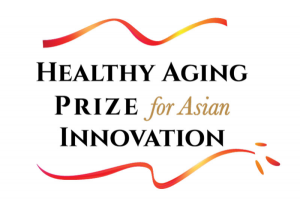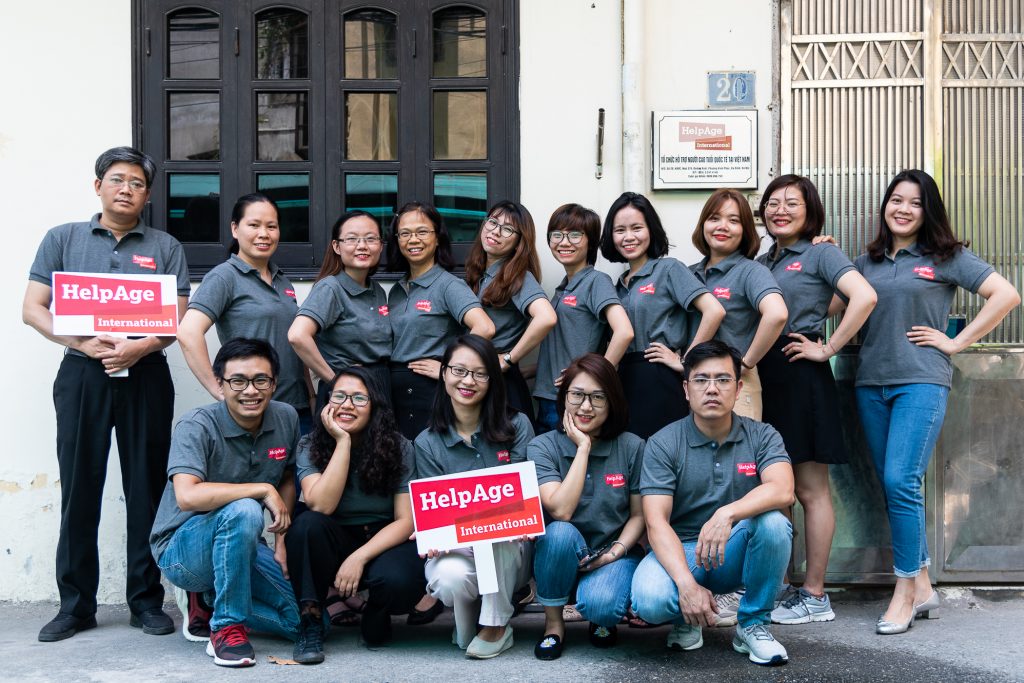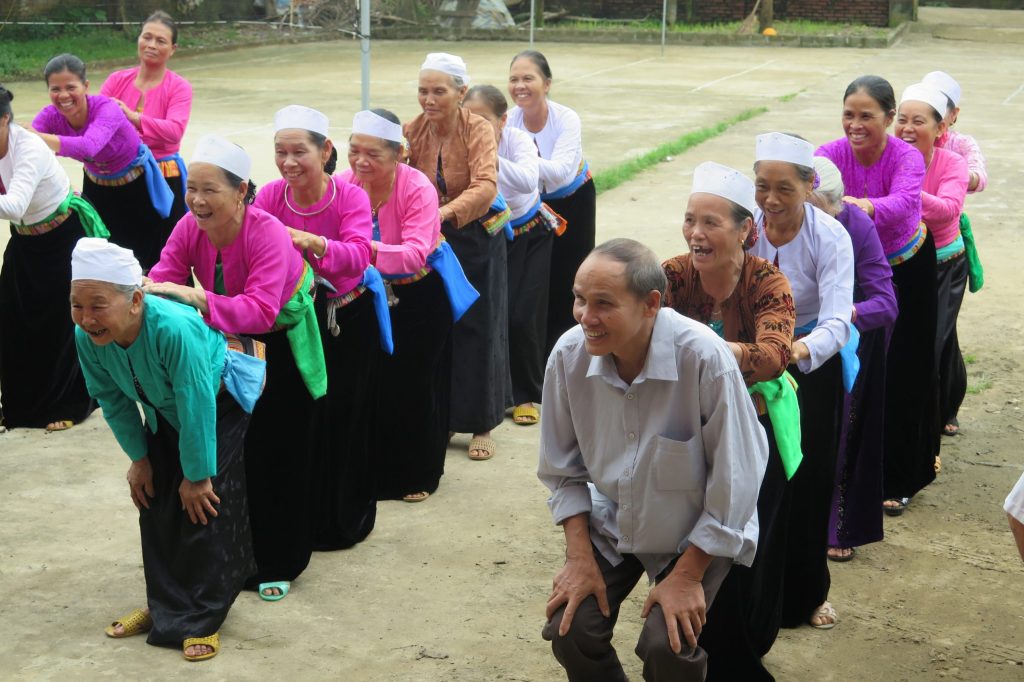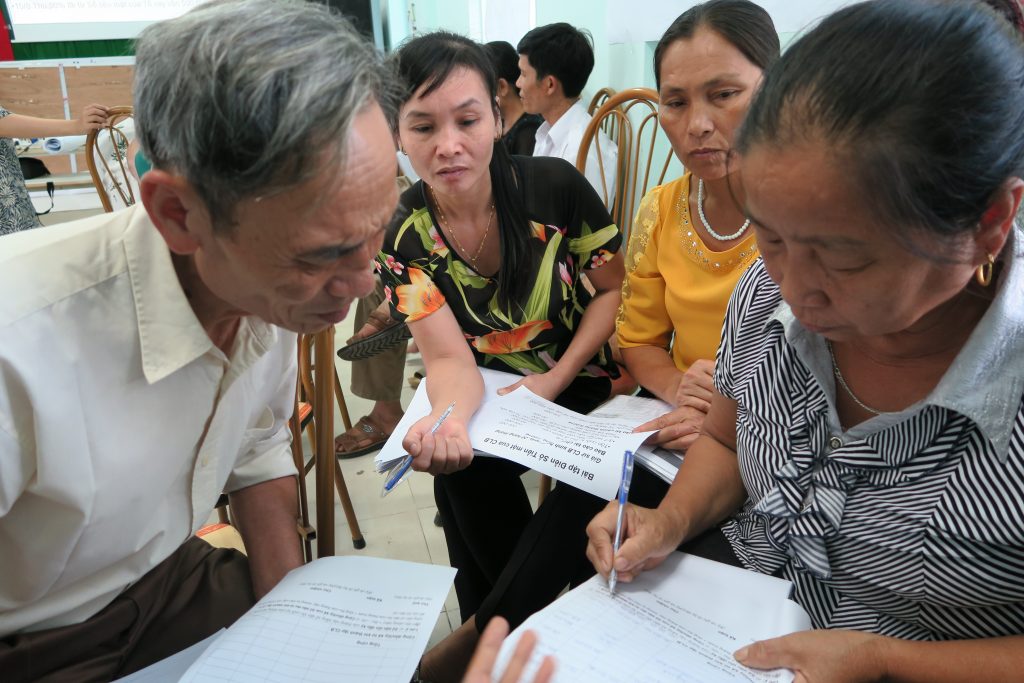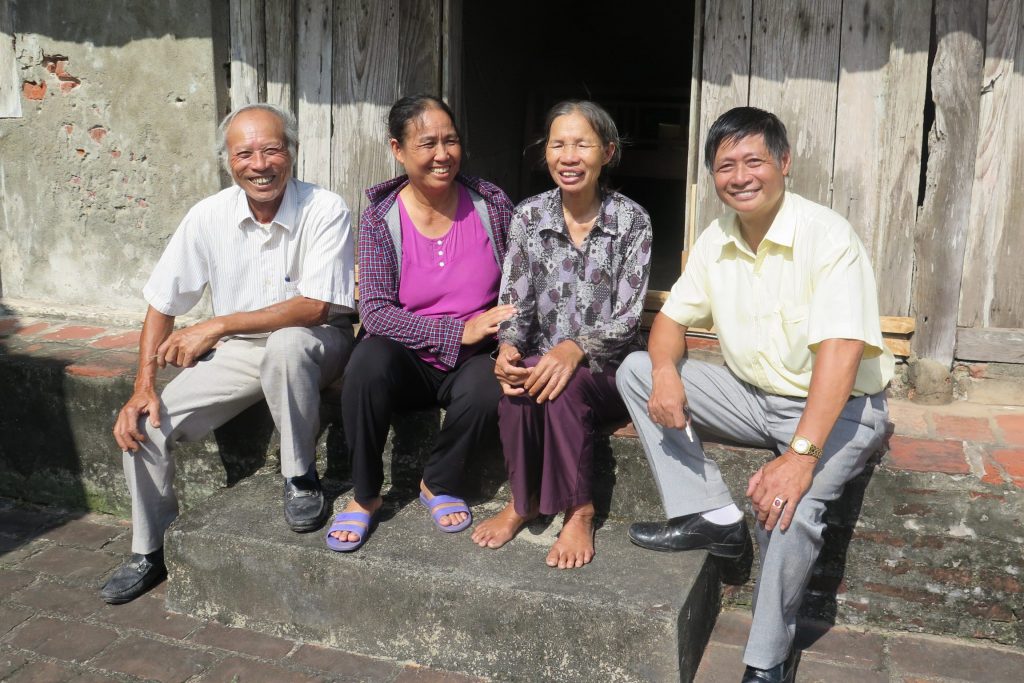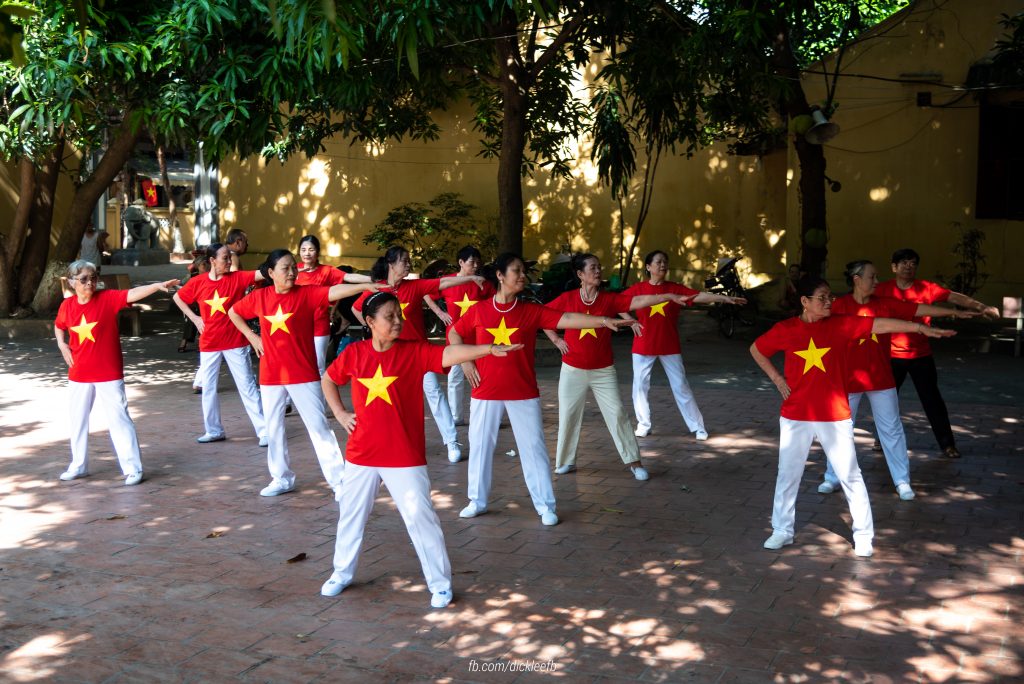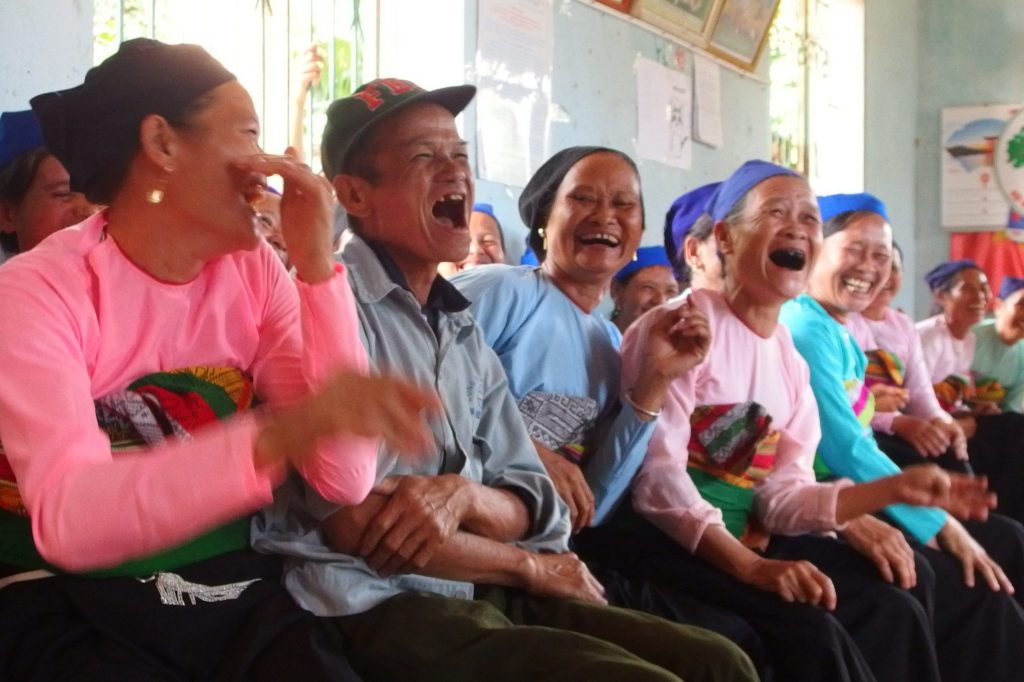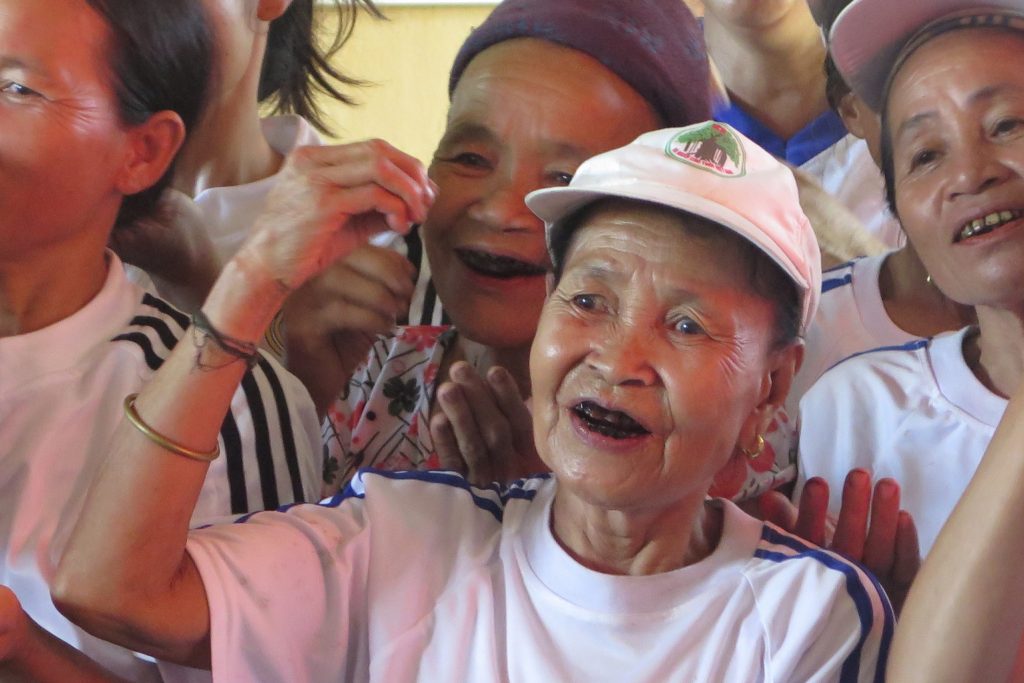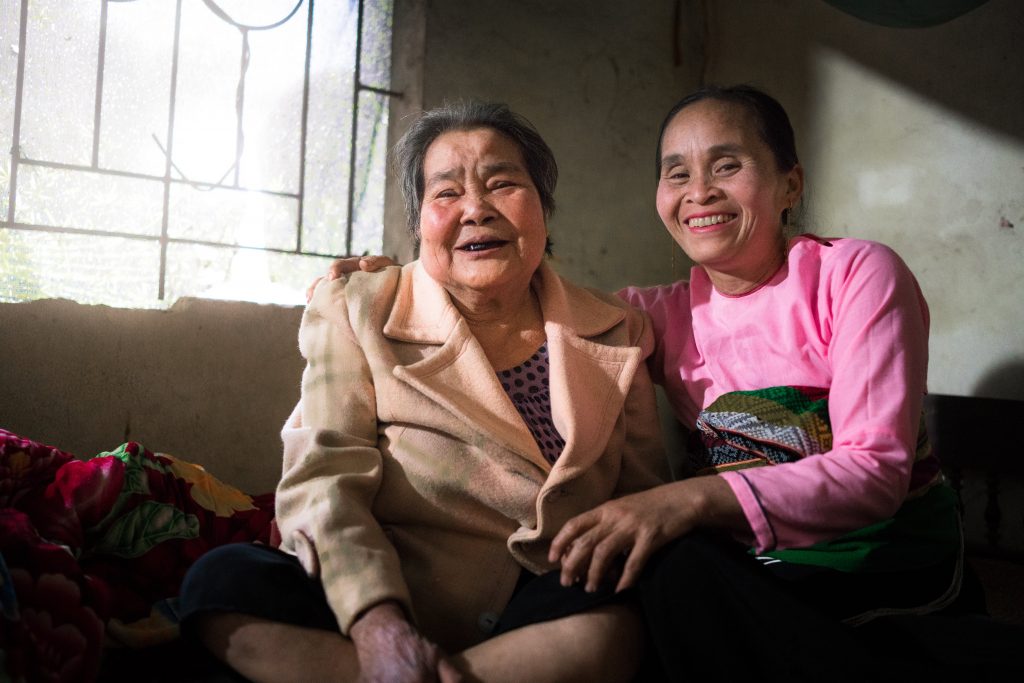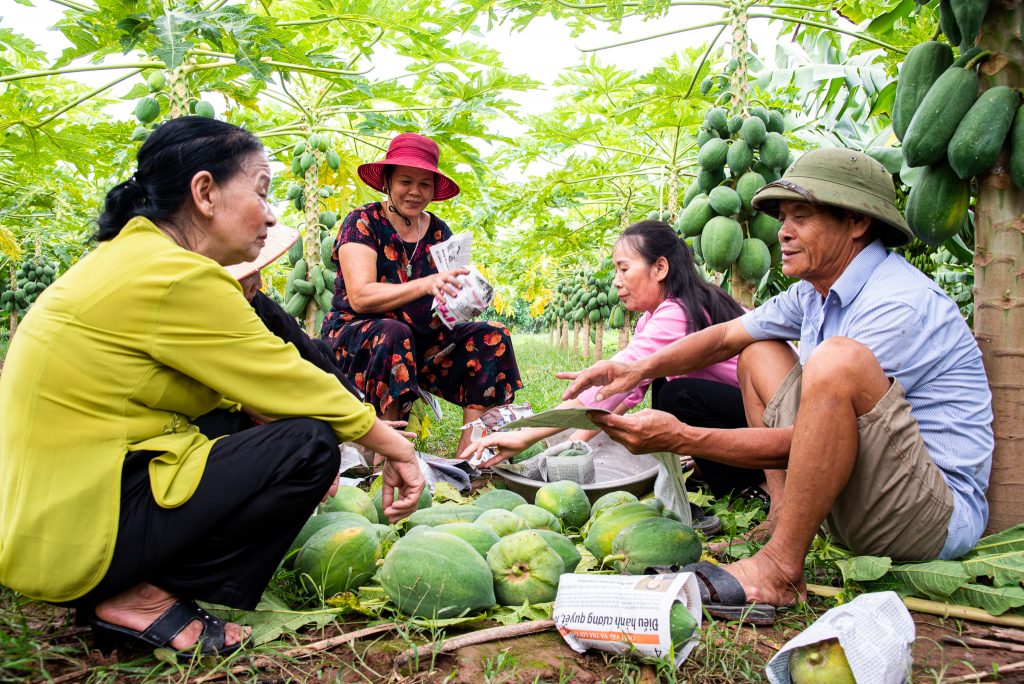2020 HAPI Grand Prize Winner
*In September 2021, HelpAge Vietnam launched a new project to expand the number of Intergenerational Self-Help Clubs with support from the World Bank and the Japanese Government. Learn more…
Experts predict that Vietnam will be one of the fastest-aging countries in Asia. By 2035, they expect that the ratio of the population aged 65 or older will have jumped from 7 percent to 14 percent in a period of just 17–18 years. That will have major social, health, and economic implications for the country, particularly given that Vietnam has limited resources to properly respond to such rapid changes and has no established long-term care system yet. Without innovative, cost-effective, and affordable interventions, Vietnam will have difficulty meeting its sustainable development goals (SDGs).
Acceptance video from HAIV
Experts predict that Vietnam will be one of the fastest aging countries in Asia. By 2035, they expect that the ratio of the population aged 65 or older will have jumped from 7 percent to 14 percent in a period of just 17–18 years. That will have major social, health, and economic implications for the country, particularly given that Vietnam has limited resources to properly respond to such rapid changes and has no established long-term care system yet. Without innovative, cost-effective, and affordable interventions, Vietnam will have difficulty meeting its sustainable development goals (SDGs).
Acceptance video from HAIV
Against that backdrop, HelpAge International in Vietnam (HAIV) and its local partners, including the Vietnam Association of the Elderly, the Vietnam Women’s Union, and the Center for Ageing Support and Community Development (CASCD), have piloted the ground-breaking Intergenerational Self-Help Club (ISHC) model—community-based organizations that promote healthy longevity through a variety of inter-generational activities. Having launched the model in 2006, Vietnam now has nearly 3,000 ISHCs nationwide with a total membership of around 160,000 people. Roughly 70 percent of the members are older persons, and many are among the more vulnerable populations in the country.An ISHC is a community-based organization that follows the motto “the people know, decide, do, monitor, and manage.” It is a comprehensive and inclusive approach that promotes healthy longevity through a variety of interventions. To promote psychosocial health, ISHCs carry out social and cultural activities such as games, performances, and home visits, and they promote life-long learning through monthly talks, study visits, and intergenerational cross-learning and sharing on a broad range of topics. They also focus on physical health by raising awareness of and promoting healthy and active lifestyles (exercise, sport, hobbies, meditation, and volunteerism), and through access to regular health screenings (monitoring weight and blood pressure), check-ups, treatment, and insurance.
In addition, they offer homecare services through homecare volunteers. Each ISHC has at least 10 homecare volunteers who develop case management plans and visit each client at least twice a week. This community-based care component (CBCC) has enabled the ISHCs to become the largest care providers in the country with more than 16,000 caregivers providing regular and ongoing care for at least 10,000 clients. The work of the volunteers can include everything from providing a friendly ear to helping with housework, taking the client out for a walk, helping with personal hygiene, or monitoring blood pressure. They also report to the ISHC any problems that they are unable to address. Paid care assistants who are retired health professionals or local collaborators train the volunteers, oversee rehabilitative exercises, share health information, and oversee medications.
The ISHCs also focus on the issues of economic development and self-reliance. They promote self-help—i.e., helping one another in the community through the provision of labor, technical support, cash, or in-kind donations—and help members’ livelihoods through self-managed microcredit and other support mechanisms for income-generating activities (IGA). They also provide information on rights and entitlements and offer legal services and support. To support all of these activities, they mobilize local resources, tapping into them through donations, membership fees, micro-credit interest, and collective IGAs to generate revenue.
The impact has been impressive. As the program’s founder Ms. Tran Bich Thuy notes, “After joining the clubs, most members report that they feel happier, wealthier, and healthier, and they feel more empowered and confident.” The effectiveness of the ISHCs has gained broad recognition in Vietnam and the expansion of the ISHC model was included as a national government target in the 2012–2020 National Plan of Action on Ageing and in the 2016 Prime Minister Decision 1533, which set a target of having at least 2,000 ISHCs by the end of 2020. By the end of 2019, that number had been far surpassed, with 2,985 ISHCs having been established covering 60 out of the 63 provinces as more requests to help set up ISHCs continue to be received from throughout Vietnam.
The success of the ISHCs has been thanks to the support of a wide variety of both local and international partners. Domestically they have received enormous support from local authorities and communities as well as government agencies such as the Vietnam National Committee on Ageing (VNCA), the Ministry (at the county level) and the Department (at the provincial level) of Labor, War Invalids, and Social Affairs (MOLISA/DOLISA), the Ministry of Health (MOH) and others such as Nghi Son Refinery and Petrochemical (NSRP). At the international level ISHC’s have had support from HelpAge Korea, the Korea International Cooperation Agency (KOICA), ROK-ASEAN, OXFAM, the United Nations Population Fund (UNFP), USAID, the European Union, Age International, and others.
HAIV created the model and assists in the creation of ISHCs, but the control of the development process, resources, and decision-making authority lie with each ISHC. The underlying assumption is that communities are the best judges of how their lives and livelihoods can be improved and, if provided with opportunities, information, and adequate resources, they can organize themselves to provide for their immediate and future needs. By treating people as assets and partners in the development process, the ISHC approach has proven to be responsive to local demands, more inclusive, and cost-effective. Indeed, one of the strengths of the program is its affordability. HAIV estimates that if the government of Vietnam invested just 0.03% of its 2019 GDP per year for a decade, it could establish 100,000 self-managed and sustainable ISHCs.
HAIV is now working closely with the Vietnam Association of the Elderly to scale up its model and help thousands more ISHCs get off the ground through the use of online training videos and handbooks. It is planning to video HAIV’s existing ISHC training and educational materials and upload them on the internet to reduce costs and increase availability. It also is working to develop and disseminate a national handbook on the availability of local funds that can be used for ISHC replication. These materials will be shared with other HelpAge offices and partners in other countries around the region to further disseminate this innovative model.
KEYS TO SUCCESS
- A community-driven approach allows each ISHC to identify and address the resources and needs in that community, increasing the popularity and effectiveness of the organization.
- A holistic approach allows ISHCs to respond to the multiple needs of older persons and their communities, which creates synergy among the activities and helps the community better address its needs.
- HelpAge and local partners support the ISHCs to improve their management capacity and their ability to generate their own regular income by drawing on community resources (volunteers, donations, in-kind support, etc.), making the model financially sustainable.
- The national government’s recognition of the ISHC model’s effectiveness and its inclusion of the model in its national policies has facilitated the replication of the model across Vietnam.
